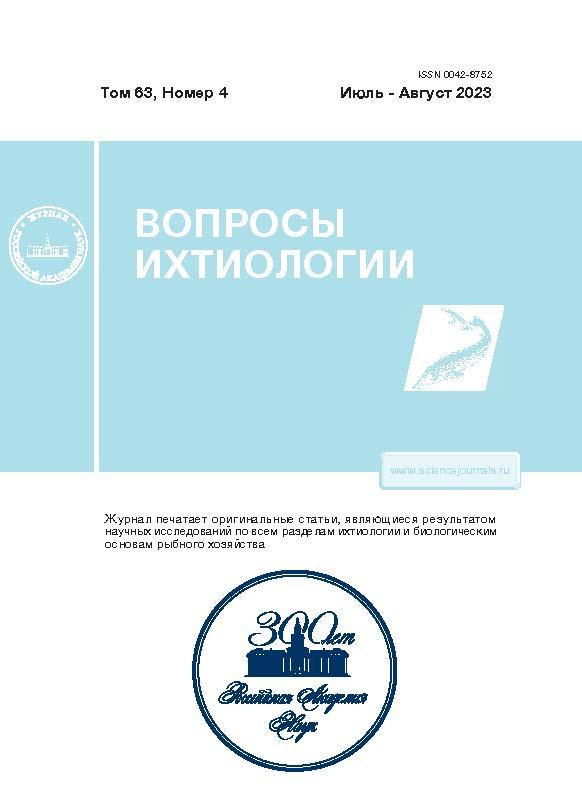Comparative Morphology of the Zona Radiata in Oocytes of Korean Bitterlings from the Genera Rhodeus, and Acheilognathus (Cyprinidae)
- Authors: Choi S.J.1, Yun S.W.1, Park J.Y.1
-
Affiliations:
- Faculty of Biological Sciences, College of Natural Sciences, Jeonbuk National University, Jeonju, Republic of Korea
- Issue: Vol 63, No 4 (2023)
- Pages: 451
- Section: Articles
- URL: https://journals.rcsi.science/0042-8752/article/view/135213
- DOI: https://doi.org/10.31857/S0042875223040021
- EDN: https://elibrary.ru/RMUFKM
- ID: 135213
Cite item
Abstract
Zona radiata is formed in vitellogenic oocytes between the plasmalemma and the follicular layer. Light microscopy, scanning electron microscopy, and transmission electron microscopy were used to study on the formation of oocytes and zona radiata. The morphological architecture of zona radiata is classified into four types: (1) villous structure-covered massive villi seen only in the genus Rhodeus (R. ocellatus, R. pseudosericeus, R. uyekii, and R. notatus); (2) mesh-shaped structures with porous shapes in Acheilognathus rhombeus and A. macropterus; (3) vine-like structure with longer and thicker materials in A. chankaensis; (4) smooth structure with no any structural modifications in A. yamatsutae, A. lanceolatus, A. koreensis, A. majusculus, A. signifier, and A. somjinensis. In all investigated species, the thickness, the number of pores, and other features of bitterlings zona radiata are species-specific.
Keywords
About the authors
S. J. Choi
Faculty of Biological Sciences, College of Natural Sciences, Jeonbuk National University, Jeonju, Republic of Korea
Email: park7877@jbnu.ac.kr
Республика Корея, Чонджу
S. W. Yun
Faculty of Biological Sciences, College of Natural Sciences, Jeonbuk National University, Jeonju, Republic of Korea
Email: park7877@jbnu.ac.kr
Республика Корея, Чонджу
J. Y. Park
Faculty of Biological Sciences, College of Natural Sciences, Jeonbuk National University, Jeonju, Republic of Korea
Author for correspondence.
Email: park7877@jbnu.ac.kr
Республика Корея, Чонджу
References








